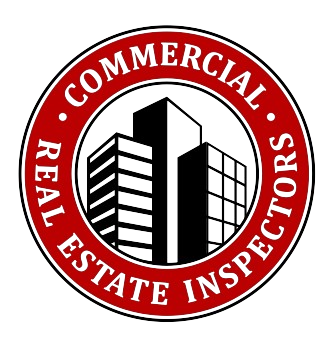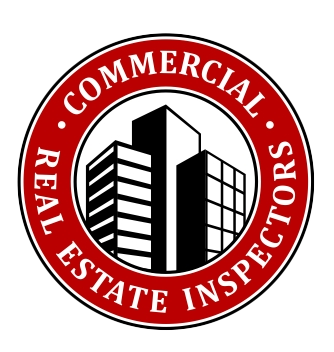This is a subject we often get asked about due to the confusions some clients have about the difference between these two types of inspections.

What Is A Building Code?
First, let’s clarify what a building code is: A published body of rules and regulations for building practices, materials, installation and performance designed to protect the health, welfare, and safety of the public.
These range anywhere from the minimum size allowance for a room to how many, how far apart and what size nails are used when the structure is put together. They can address the type of glass used in a window or the size wires used in the electrical system for different applications. The list of building codes is very long and very technical.
Building Codes Are Prone To Change
Building codes change through time and location and there are literally thousands of codes. The building codes in the United States started in late 1927. Before that time there were no written and agreed upon uniform standards of construction. The public was mainly relying on the builder and the tradesman to be an ethical, honest and good craftsman and to a large degree, they were. How this affects inspections today is that we don’t know what every code was when a property was built nor do we know all the codes involved. City inspectors don’t even know all the current codes much less past codes.
Every year the codes change. These changes are put out in writing approximately every three years in book form. The codes can be different depending on the city in which the building is located. We do inspections in over 25 different municipalities. There is no way to know all the codes for each different area for all the different possible times of construction.
Who Decides if a Building Meets Code Requirements?
Another thing you should know is that the on-site local Building and Safety inspector has final say as to whether something is acceptable per the code. He may waive a minor infraction if he feels it is in the spirit of the code. There may be a Modification to the Building Code that was filed and accepted for the site for a particular circumstance or a Variance. Without getting into the technicalities of what these are, the simple explanation is they are all circumstances that are not exactly per the code of the time but are changes that have been approved by the local Department of Building and Safety. They have the final say as to whether something is acceptable per the code.
When we do a Commercial Real Estate Inspection we are looking at anywhere from 300-500 different items. Many deal with safety and many deal with function. A Commercial Real Estate Inspection does not deal with cosmetic issues such as the color of the paint or the style of architecture.
Though we do not do official code inspections, we use the various building codes as basic guidelines. We study the codes extensively to give us some basic rules for safety. If a question comes up as to whether something is up to code or not for that location or time of construction it will be necessary to consult with the local Department of Building and Safety. This is not part of a general visual inspection.
What To Do If Something Does Not Meet the Code?
There are times when we will inform our clients about code changes that have occurred through the years that we feel are better or safer. One classic example of this is GFCI plugs. These are safety plugs with little buttons in them that can shut off the power to that outlet in less than 1/40th of a second if something nonoptimum occurs such as a coffee maker falling into the office sink while plugged in. These types of plugs are mandatory for many areas such as restrooms, kitchens, or any area near running water. To the best of my knowledge, it is not mandatory at this time to have these safety outlets installed in older buildings when they are sold or leased. However, they only cost about $25 – $35 per plug to have installed and would have prevented approximately ½ of all the electrocutions in 2008 if they were installed in all the recommended areas. If you do not have them we will usually suggest you get them for safety reasons.
Our inspection reports are extremely detailed and will provide you with a significant amount of information about the condition, function and safety of the various systems that you can use to make an informed decision about the property you are purchasing.


